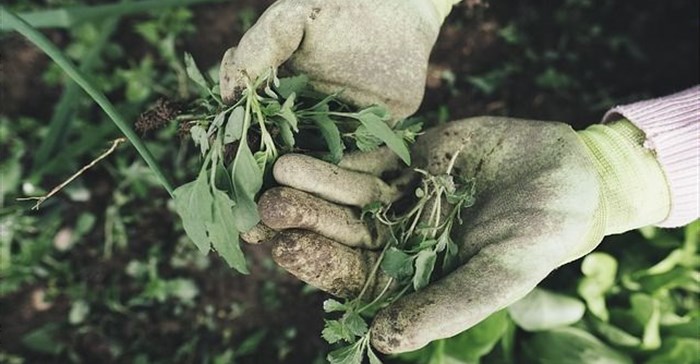






According to Francois Viljoen, technical field expert on herbicides at Syngenta, resistance can be defined as the inherited ability of a weed to survive a rate of herbicide that would normally give effective control. “Inherited means that a few plants in a population have the natural ability to survive a specific type of herbicide and keep on reproducing,” he explains.
Resistance develops with the continuous use of the same chemical with the same mode of action. As the resistant plants reproduce, their numbers increase. Once the resistant plants outnumber the susceptible ones, the grower has a resistant population on his hands.
How resistance develops, and how fast, depends on factors such as the density of weeds in a field, natural occurrence of resistant plants and how fit they are, how often and at what application rates herbicides with similar modes of action are used, and crop rotations.
The two most important mechanisms through which resistance develops, are target site resistance and enhanced metabolism.
The target site is that biochemical area in the plant with which the herbicide directly interacts. ALS inhibitors, for example, control grass weeds by disrupting a specific enzyme in the weed. If the shape of this target site changes even slightly, the herbicide can no longer bind to the site of action and is unable to exert its phytotoxic effects.
Enhanced metabolism refers to the increased rate at which the weed breaks down the herbicide into nontoxic products. Metabolic resistance affects most herbicides to some degree; only in severe cases does it result in complete loss of control.
While the first incidence of resistance was reported in 1957, the first serious case only emerged in 1968.
By 1989, the resistance to ACCase and ALS inhibitor herbicides led to the establishment of different working groups and finally the formation of the global Herbicide Resistance Action Committee (HRAC). Founded by the agrochemical industry, HRAC helps to protect crop yields and quality worldwide by supporting the fight against herbicide-resistant weeds.
Bleak as the picture may appear, herbicide resistance is not an insurmountable problem. In fact, the fight against it is largely in growers’ own hands, says Syngenta’s Viljoen. “The basic principle is that growers must use existing herbicides with care, always keeping resistance in mind. A very small number of new active ingredients are entering the market, hence we have to be extremely responsible with the products we currently have. Syngenta regards training growers on resistance prevention practices as one of our most important tasks.”
Such practices, according to HRAC, entails an integrated weed management approach. This includes the use of multiple modes-of-action herbicides with overlapping weed spectrums in rotation, sequences or mixtures. Also, always use the full recommended dosage rate combined with proper application practices and timing. Lastly, growers should scout their fields after a herbicide application and remove all surviving weeds – that could be resistant plants – to prevent them from reproducing.

AgriOrbit is a product of Centurion-based agricultural magazine publisher Plaas Media. Plaas Media is an independent agricultural media house. It is the only South African agricultural media house to offer a true 360-degree media offering to role-players in agriculture. Its entire portfolio is based on sound content of a scientific and semi-scientific nature.
Go to: http://agriorbit.com/